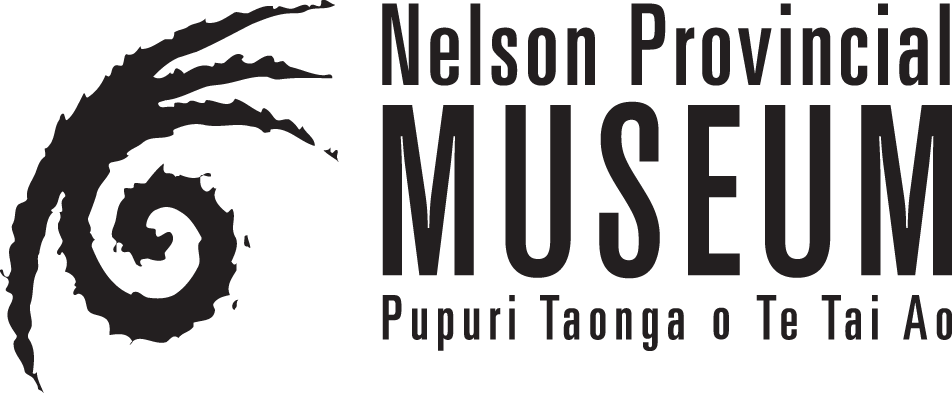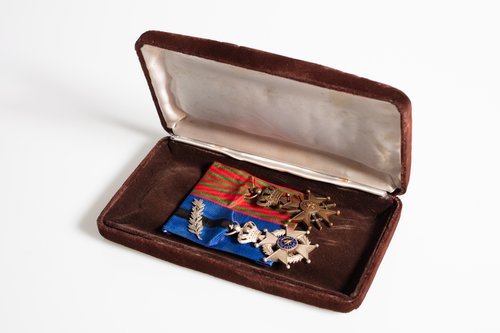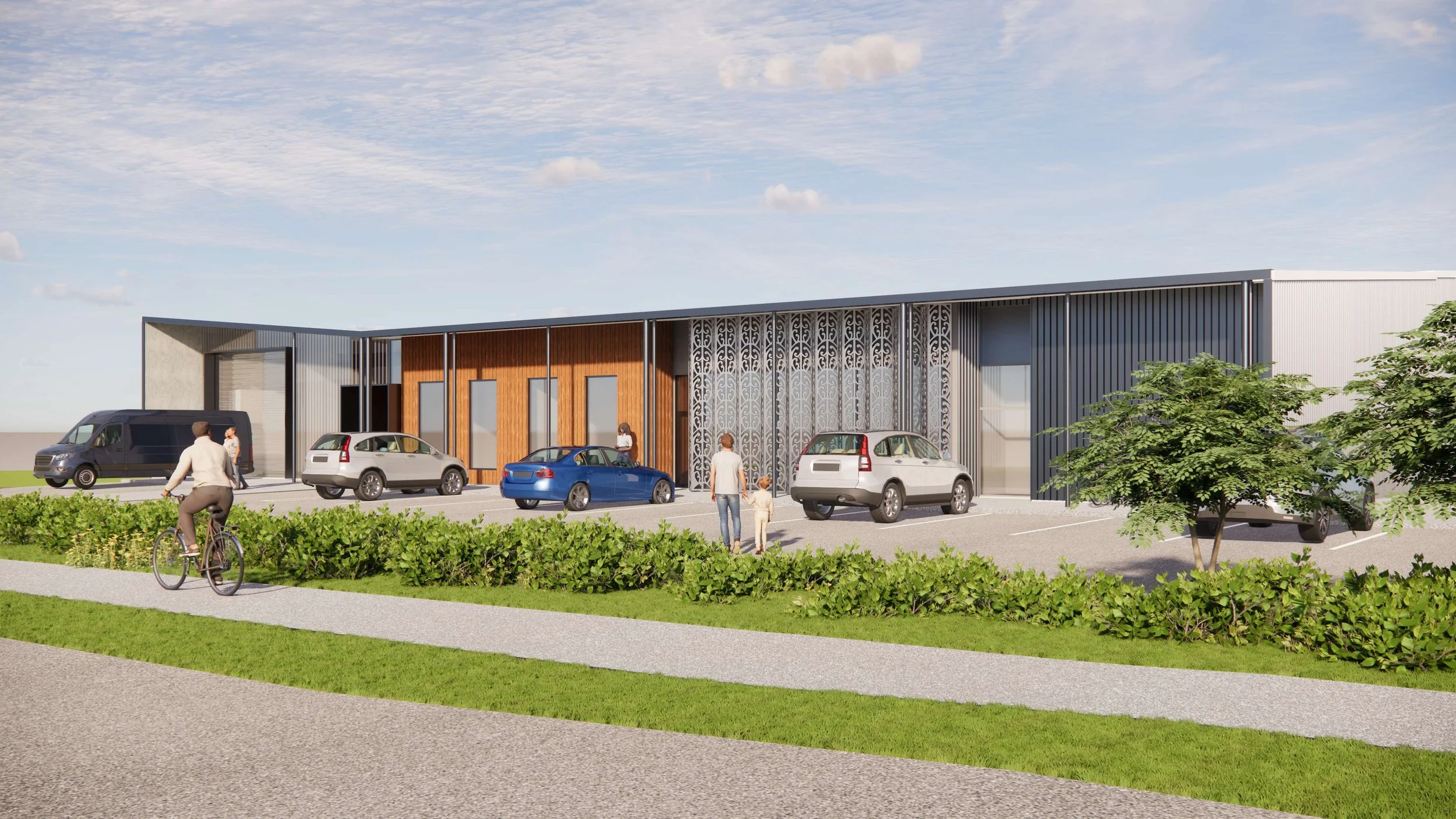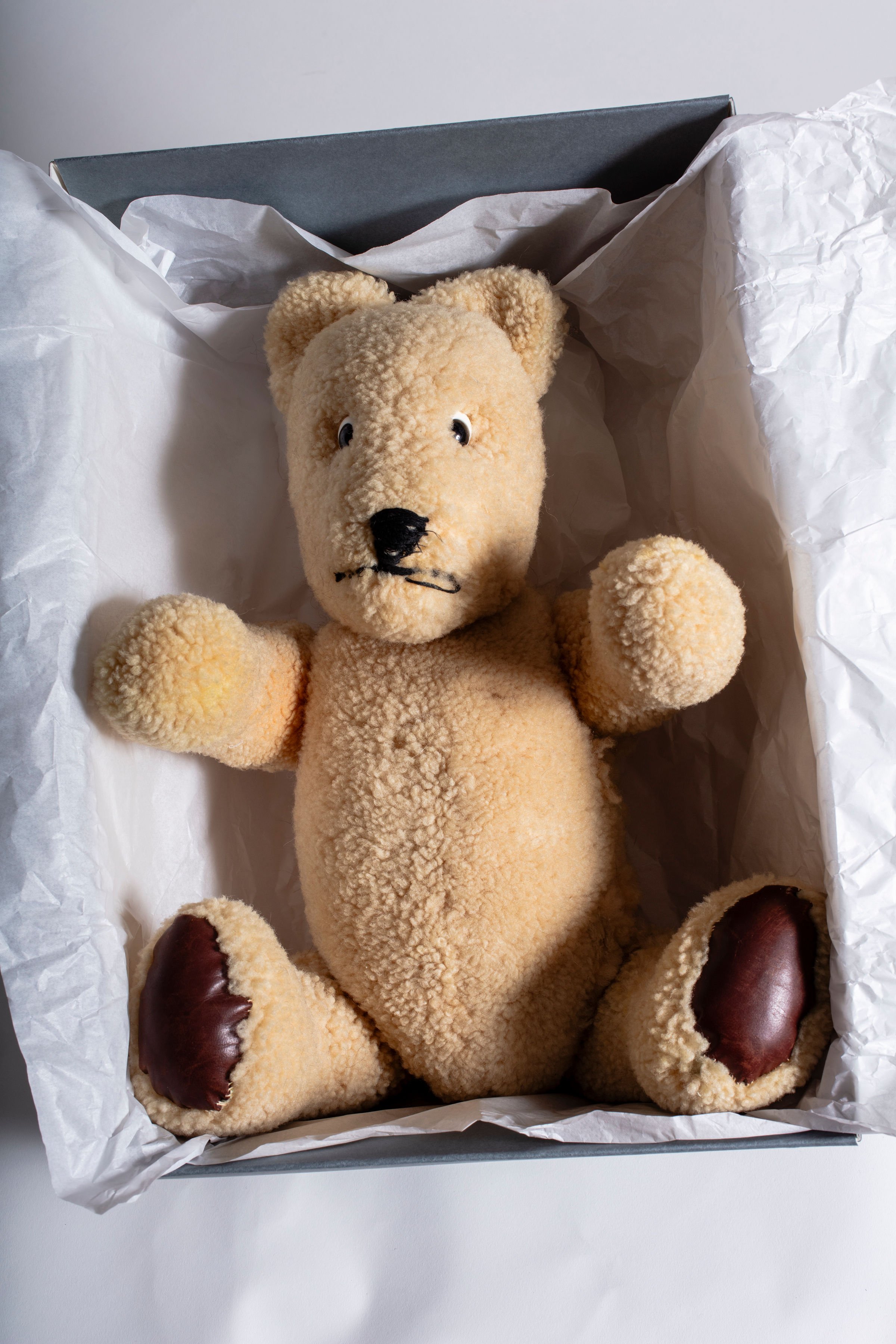The Angel of Antwerp - WWI Medals of Maria Van Aerde
To commemorate this Remembrance Day, the Nelson Provincial Museum would like to acknowledge the generous donation of two significant medals awarded to Belgian nurse Mariette Victorina van Aerde during WWI.
Van Aerde (later Maria Hull), bravely evacuated injured British soldiers during the German invasion of Antwerp in October 1914 and survived a brutal assault, imprisonment and subsequent escape on foot across Belgium to Calais. Her medals include the Croix de Guerre and the Knight of the Order of Leopold II with silver palms. The addition of the silver palms acknowledges Maria’s military level service during war time making this award extremely rare as nurses were generally not recognised as military service personnel. Maria moved to New Zealand shortly after WWI and settled in Christchurch, later moving to Motueka where she is buried in the RSA section of the Motueka Cemetery.
Prior to WWI
Mariette Victorina van Aerde was born in either 1888 or 1889 in Berchem, Antwerp in Belgium to Frans Joename van Aerde and Celestine (nee Parfondevaux) and had four siblings. Maria married Charles Somers and gave birth to her first child Victor Adolf Francois Somers on the 24/10/1908. It is assumed that Maria trained as a Red Cross nurse in Brussels at the start of WWI and was moved to Antwerp during the German invasion. Sadly, her husband was killed leaving Maria’s mother to take care of Victor.
A Heroine
In early October of 1914 Antwerp was heavily attacked by invading German forces and Maria bravely removed four injured British soldiers out of the damaged Red Cross Hospital during the bombardment. By the account of the soldiers who wrote to her weeks later, Maria carried them out of the building and assisted in hailing down a bus to take the soldiers out of Antwerp where they eventually hid until ambulanced to Ostend.
The Capture
Maria traveled back to Antwerp but was captured by German soldiers, whipped, stabbed with a bayonet and left to die in a cellar for refusing to cooperate as to the whereabouts of the British soldiers she rescued. After several days, surviving on rice and water and badly wounded, a sentinel took sympathy on Maria and helped her to escape where she managed to board a train full of British troops. Initially mistaken for a German spy because she was holding a German pocket book and wearing a German coat, Maria was apprehended. But her story of rescuing the British soldiers was quickly verified and she was provisioned to escape on foot to Ostend, somehow ending up Calais. There, collapsed from exhaustion, she was transported to Guy’s Hospital in London and treated for nine months for wounds to her hand, face and back. Maria received letters from the soldiers she helped to escape, and their wives, thanking her for bravery. Maria also received donations to help cover her expenses. Maria’s story was published in many newspapers and she was dubbed “The Angel of Antwerp”.
THIS PHOTOGRAPH OF MARIA SHOWS HER WEARING THE KNIGHT OF THE ORDER OF LEOPOLD II (WITHOUT THE PALMS) AND THE CROIX DE GUERRE WHICH DATES THIS IMAGE TO 1917. “THE ANGEL OF ANTWERP”, [ENGLAND?]: [PUBLISHER NOT IDENTIFIED], [BETWEEN 1914 AND 1920?], DOWNLOADED FROM HTTP://RESOURCE.NLM.NIH.GOV/101626340
DONATED ON BEHALF OF MARIETTE HEWITSON, VICKI MUIRHEAD AND NADIA SHUTTLEWORTH, THE DAUGHTERS OF VICTOR FRANK DIXON. NELSON PROVINCIAL MUSEUM COLLECTION, NPM2021.33.1
Recognition of Service
In October 1916, Maria was awarded the class of Knight of the Order of Leopold II which she received from H.M King George V in England. In 1917, she received the Croix de Guerre from the Belgian King Albert I and received the silver palms with the letter “A” on her Order of Leopold II medal. The addition of the silver palms recognises Maria’s service during war time, as the German pocket book that she handed over to the British contained plans to blow up a fortress, a plan which was in the end foiled.
The Move to New Zealand
After her recovery Maria stayed in England and became a British subject. Maria was nursing at the New Zealand Convalescent Hospital in Hornchurch where she met George Edward Dixon, a New Zealand solider recovering from gun shot wounds he received in July 1918. Maria and George married on the 6/2/1919 and returned to New Zealand that September. Maria’s own account of her war time experience was published upon arrival in Christchurch. Maria returned to Belgium in 1922 to collect Victor who by then was over 14 years old. Sadly, George died that same year from pneumonia and pericarditis.
In 1924, Maria married Henry Stanley Hull and they lived in Christchurch where they were custodians of the Shirley Golf Club until the 1950s when they moved to Motueka. Active in the RSA and Wakatu Lodge, Stanley died on 7/3/1980 and Maria died a few months later on the 1/7/1980 at the age of 91. Maria is buried at the Motueka cemetery in the RSA section.
Maria’s son Victor, a veteran of WWII, married Doreen Caroline Mary Bock (b.1912) in 1933 and had three daughters - Mariette (d.20/2/2001), Vicki, and Nadia (d.21/4/2019). It is in the name of these daughters that the donation is recorded and which the museum expresses sincere gratitude to their descendants for this remarkable gift.
DONATED ON BEHALF OF MARIETTE HEWITSON, VICKI MUIRHEAD AND NADIA SHUTTLEWORTH, THE DAUGHTERS OF VICTOR FRANK DIXON. NELSON PROVINCIAL MUSEUM COLLECTION, NPM2021.33.1
DONATED ON BEHALF OF MARIETTE HEWITSON, VICKI MUIRHEAD AND NADIA SHUTTLEWORTH, THE DAUGHTERS OF VICTOR FRANK DIXON. NELSON PROVINCIAL MUSEUM COLLECTION, NPM2021.33.1








